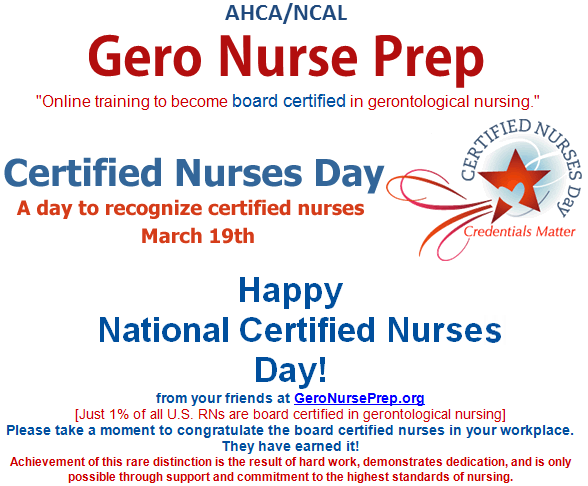Administrators are caught between a rock and a hard place. Among the rubs are reimbursement rate reductions of up to 15 percent, constant pressure to reduce hospital admissions, new battles to attract and retain core nursing staff in a shallow pool of nurses, and possible further cutbacks in Medicare and Medicaid payments, just to name a few.
Like many since the 2008 economic crash, facility administrators have no choice. They must do more with less.
At risk is care quality, which triggers a domino chain. Less quality equals less satisfaction. Eventually, this means fewer patients; fewer residents; and fewer referrals from hospitals, families, and from happy clients.
At issue is prosperity—a survival of the fittest—in a rapidly changing, super-competitive, viselike marketplace.
What’s A Provider To Do?
In tough economic times, three administrators—in Alaska, Massachusetts, and Nebraska—took a counterintuitive approach. They spent money on registered nurse (RN) training. They enrolled their nurses in a unique gerontological certification course based at the University of Nebraska Medical Center.

Among facility operators who became involved in the course—known as Gero Nurse Prep (GNP)—early were Alaska’s Charlie Franz, Massachusetts’ Bill Bogdanovich, and Nebraska’s Roger Biens. What intrigued them? That higher-care quality also fosters lower costs.
GNP was born with one purpose: improve quality in long term and post-acute care centers. It was created by the University of Nebraska Medical Center (UNMC) College of Nursing.
“RN degree programs historically gave little attention to geriatric nursing,” says Catherine Bevil, RN, EdD, director of continuing nursing education at UNMC. “While that’s changing as the biggest generation in U.S. history ages, the fact remains that most RNs today—about two-thirds—have zero geriatric training.”
GNP, she said, is solely focused on current, evidence-based clinical nursing skills for seniors. “The nursing profession has always been about health promotion, disease prevention, and symptom management. We take that to a new level for geriatrics. It’s niche nursing for long term and post-acute care.”
Advanced geriatric knowledge and skills, says Bevil, mean measurably better care. Ten interactive learning modules train RNs to:
- Manage physical and mental aspects of aging;
- Quickly recognize symptoms, changes, and problems;
- Keep physicians, administrators, and the nursing team well informed; and
- Be attentive and compassionate in talking to residents and their families.
Training Promotes Patient-Centered Care
“Many seniors say they feel invisible,” says Bevil. “This course puts them front and center.”
The learning program emphasizes prevention of adverse events, especially those with potential for lingering, time-intensive, and costly consequences.
For example, falls, medication errors, and pressure ulcers are serious health risks for seniors in long term and post-acute care. “Proper nursing practice cuts risk substantially,” Bevil says. “In geriatric nursing especially, an ounce of prevention is better than a pound of cure—but RNs need sharper awareness and preemptive action steps.”

Higher-quality care yields other benefits, she explains. It means happier residents and families, and that means happier nurses. Not only do RNs feel more competent, confident, and empowered, they also get more positive feedback and recognition, she says.
That in turn feeds staff stability, with lower RN churn, which means fewer temp nurses, less recruiting time and expense, less new staff orientation, and less disruption of nursing care teams, Bevil says.
GNP prepares RNs to pass the certification exam in gerontological nursing administered by the American Nurses Credentialing Center. To date, GNP alums have a 98 percent pass rate.
Read More here- http://www.providermagazine.com/archives/2013_Archives/Pages/0813/Nurse-Training-Program-Boosts-Quality.aspx#magazine-article





